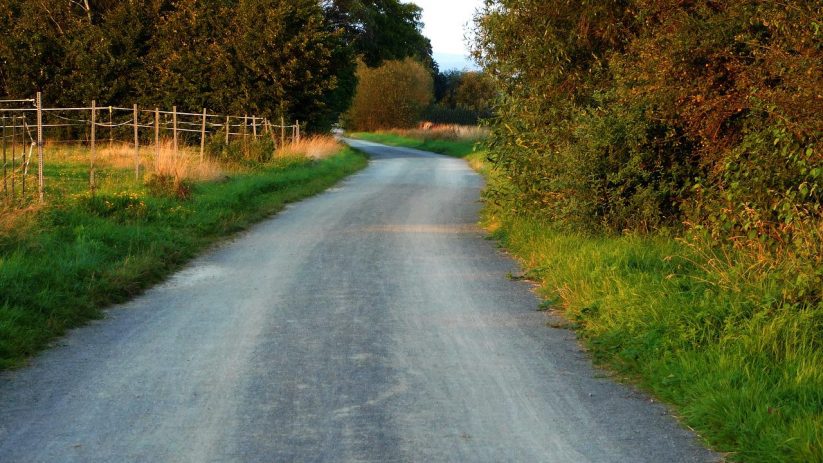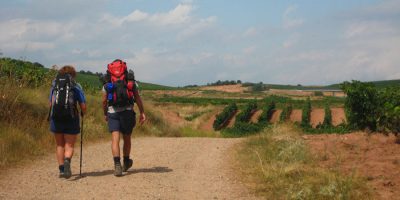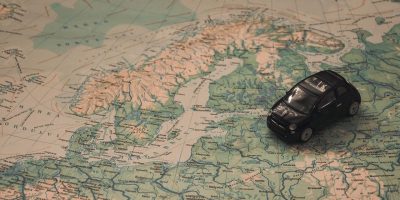“How long is the Camino de Santiago?” is a question often asked by those planning this famous pilgrimage. The answer is both simple and complex. The Camino can be as long or as short as you want it to be. There are several different Camino routes with various starting points, each offering its own length, difficulty, and experience. The Camino is more than one path—it’s a network of ancient trails leading to Santiago de Compostela.
Table of contents
- The Most Popular Starting Point: Sarria
- The French Way (Camino Francés)
- Connecting Routes to the French Way
- Other Camino Routes
- The Longest Camino Routes
- How Long Does the Camino Take?
- Getting Your Compostela
- The Via Francigena: Another Historic Pilgrimage
- So, How Long is the Camino?
- In sum – How Long is the Camino de Santiago
Most of these routes have evolved over centuries and stretch across Spain, Portugal, and even parts of France. While each path is different, they all lead to the same final destination—Santiago de Compostela, where the remains of Saint James are believed to rest.
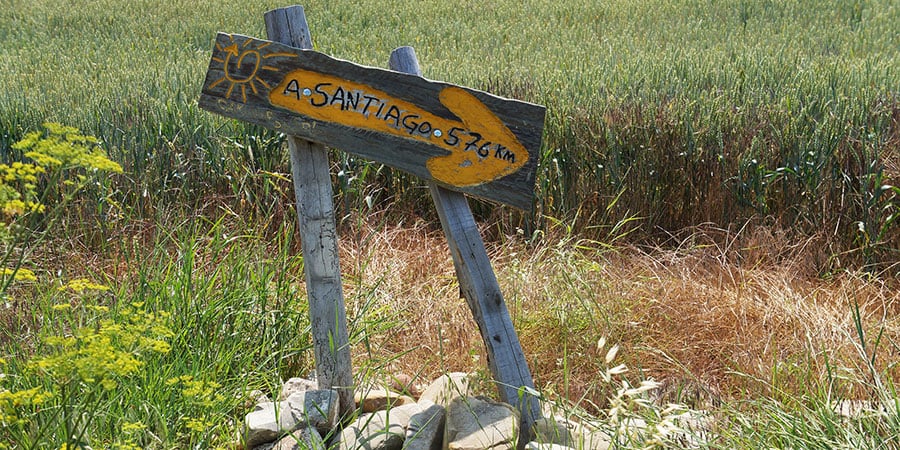
The Most Popular Starting Point: Sarria
Sarria is the most common starting point on the Camino de Santiago, especially for those walking the Camino Francés, or French Way. This town is located approximately 100 kilometres from Santiago, making it the perfect location for pilgrims who want to receive the Compostela certificate.
To earn the Compostela, you must walk at least 100km. For cyclists, the required distance is 200km. This rule has made the final stretch from Sarria extremely popular, particularly among those with limited time. The walk from Sarria to Santiago usually takes around 5 to 7 days.
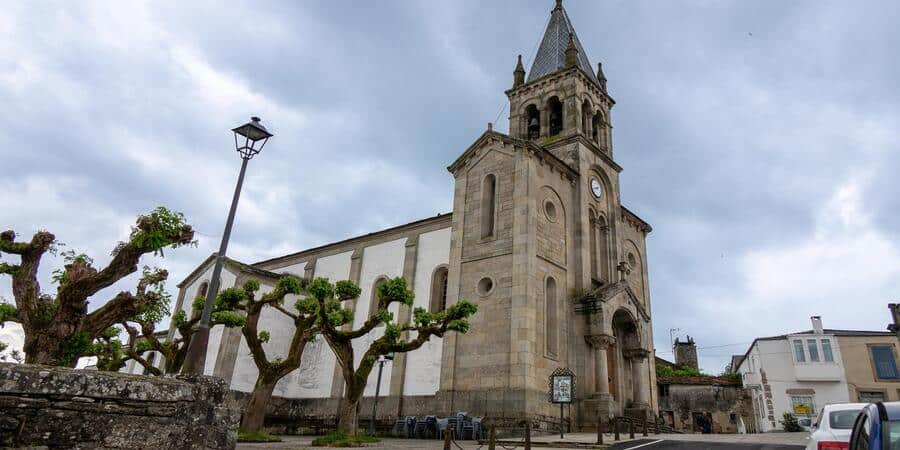
The French Way (Camino Francés)
The Camino Francés is the most iconic and well-known Camino route. It starts in Saint-Jean-Pied-de-Port, a town nestled at the foot of the French Pyrenees, and continues for 772 kilometres all the way to Santiago de Compostela. This route passes through beautiful Spanish cities and villages, including Pamplona, Burgos, and León.
Most pilgrims walking the full Camino Francés from Saint-Jean-Pied-de-Port take about 30 to 35 days to complete the journey, depending on their pace and rest days. The Camino Francés became especially popular after it was featured in the film The Way, inspiring many first-time pilgrims to follow its path.
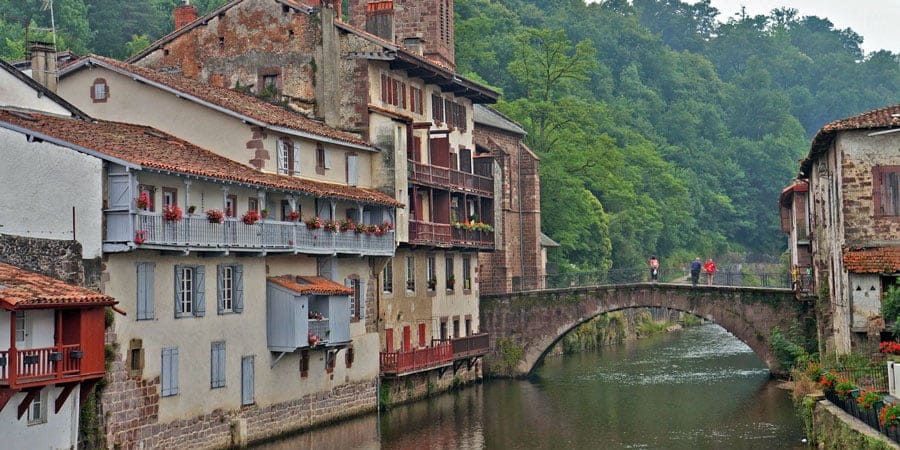
Connecting Routes to the French Way
Several older European pilgrimage routes connect with the Camino Francés at Saint-Jean-Pied-de-Port. Pilgrims can start much further away and still merge onto the French Way. For example, the Le Chemin du Puy (Le Puy Way), the Vézelay Way, and the Paris and Tours Way all join the Camino Francés.
This means you can walk several hundred kilometres before even reaching Saint-Jean. These connecting routes add distance and time but offer a richer, more extended pilgrimage for those looking for a deeper journey.
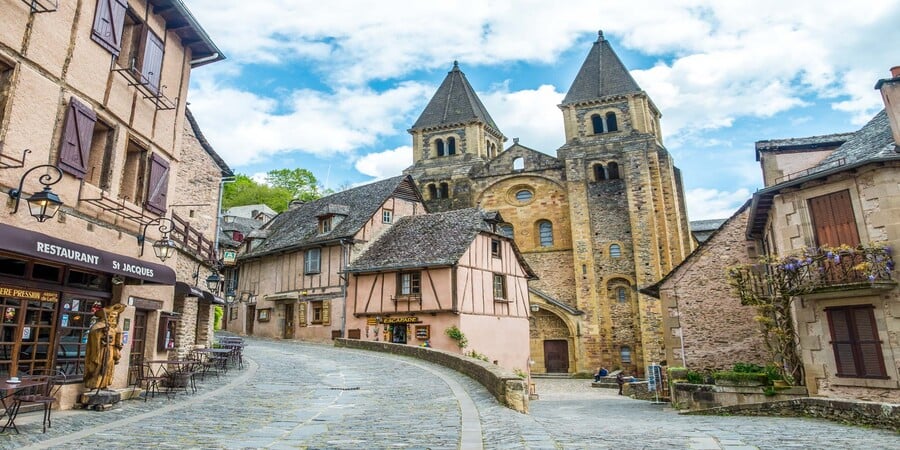
Other Camino Routes
The Camino de Santiago offers more than just the French Way. Pilgrims can choose from many different routes that start in various parts of the Iberian Peninsula.
The Camino Portugués, or Portuguese Way, begins in Lisbon and travels north through Porto and into Spain. This route is the second most popular and provides a mix of coastal and inland paths.
The Camino del Norte, or Northern Way, starts along Spain’s northern coast in the Basque Country. It offers dramatic ocean views and a quieter, more solitary walk. It’s ideal for those who prefer fewer crowds and cooler temperatures.
The Camino Inglés, or English Way, begins in the port city of Ferrol in Galicia. Historically, it was used by pilgrims arriving by sea from England and Ireland. At 119 kilometres, it’s one of the shortest Camino routes, taking about six days to complete.
The Via de la Plata starts in Seville and runs north for over 1,000 kilometres. It is the longest Camino route in Spain and passes through remote, rural landscapes, making it perfect for pilgrims seeking solitude.
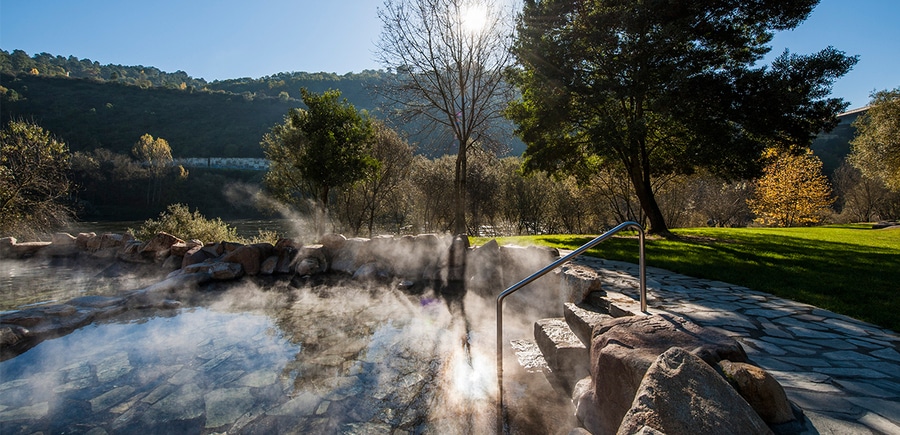
The Longest Camino Routes
For those who want a real adventure, the Camino offers several long-distance options that cross countries and regions. The longest of these is the combined Paris and Tours Way with the Camino Francés, covering a total of 1,717 kilometres. Walking this route takes about 75 days.
Other long routes include the Vézelay Way (1,669 km), Le Puy Way (1,511 km), and the Arles Way (1,468 km). The Catalan Way stretches 1,068 kilometres, and the Via de la Plata offers 1,030 kilometres of scenic walking from Seville.
Even within Spain, you can walk the full Camino Francés from Saint-Jean-Pied-de-Port to Santiago, a route of 772 kilometres that is rich in history and hospitality.
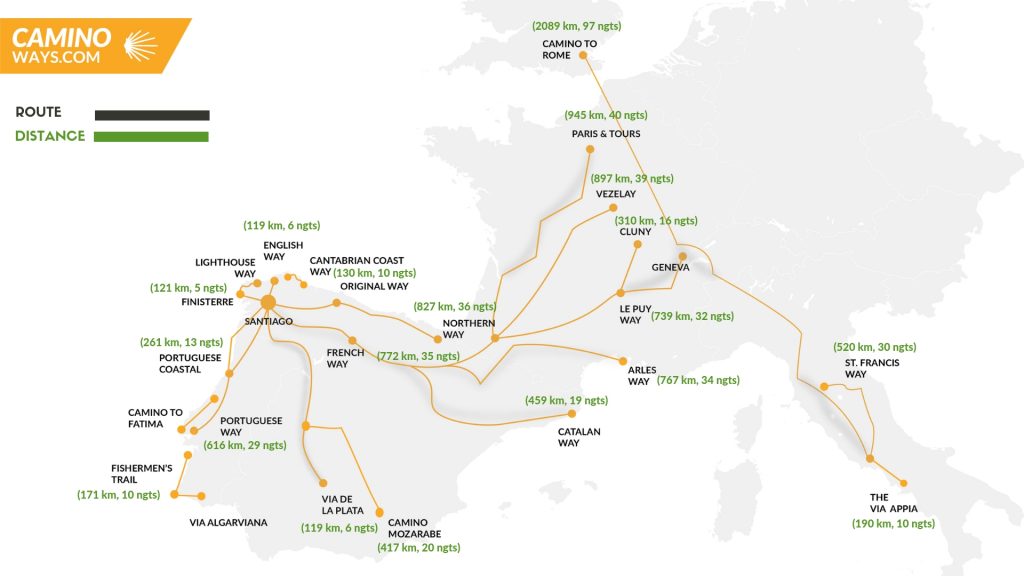
How Long Does the Camino Take?
The time it takes to walk the Camino depends entirely on the route you choose and your daily pace. Most pilgrims walk between 20 to 25 kilometres a day. This means shorter routes like the English Way can be completed in under a week, while longer routes like the Camino Francés typically take four to five weeks.
Those walking the Via de la Plata or starting from France often spend between 40 to 75 days on the road. It’s important to factor in rest days, sightseeing, and possible injuries or delays when planning your Camino.
Getting Your Compostela
The Compostela is the certificate awarded by the Pilgrim’s Office in Santiago to those who complete the pilgrimage. To qualify, you must walk at least 100 kilometres or cycle 200 kilometres into Santiago. You also need to collect stamps (called sellos) in a pilgrim passport, which you can receive at churches, albergues, cafés, and hotels along the route.
This is why the final 100 kilometres of every route tend to be busy, especially in spring and summer. Many pilgrims begin in Sarria, Vigo, or Ferrol specifically to meet this requirement. The certificate is a meaningful memento and a symbol of personal achievement for many pilgrims.
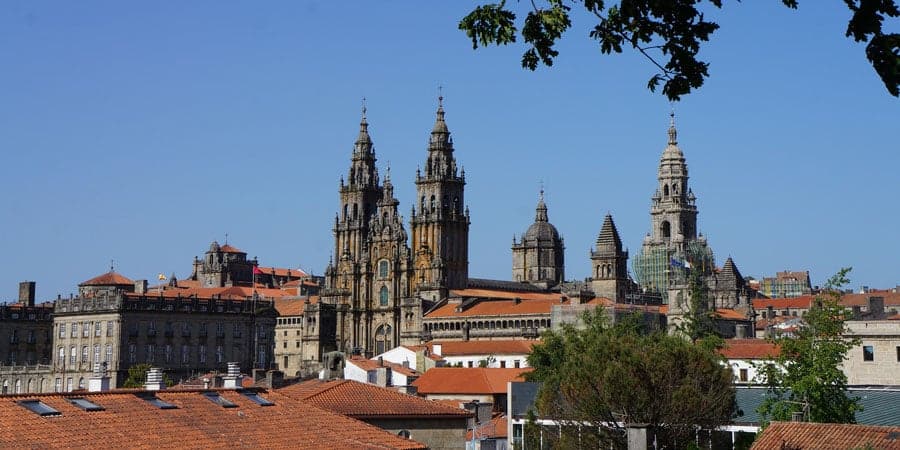
The Via Francigena: Another Historic Pilgrimage
If you’re looking for an even longer pilgrimage experience, the Via Francigena is a worthy alternative. This ancient trail begins in Canterbury, England, and stretches all the way to Rome. It covers approximately 2,019 kilometres and takes about 90 to 100 days to complete.
The Via Francigena passes through France and Switzerland before entering Italy. Though less travelled than the Camino de Santiago, it offers just as much cultural and spiritual depth. Hundreds of pilgrims walk parts or all of this route each year.
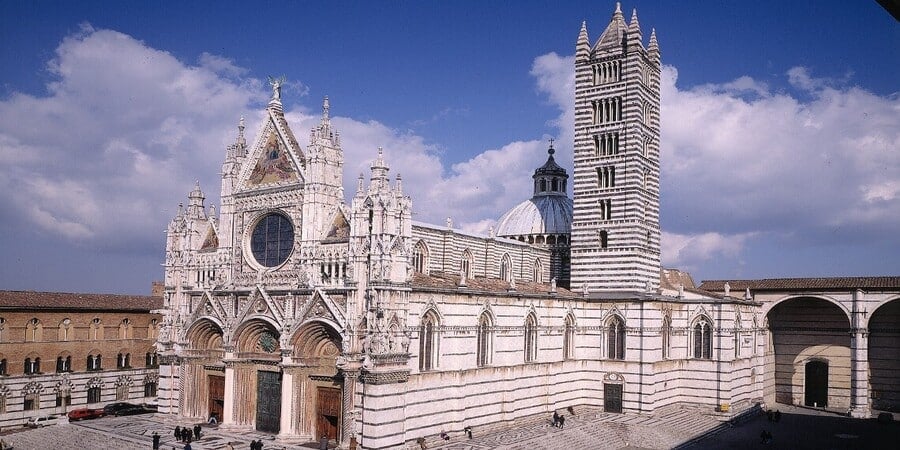
So, How Long is the Camino?
The Camino de Santiago has no fixed length. You can choose a route that fits your schedule, goals, and energy. Some walk just the final 100 kilometres to earn their Compostela. Others spend months walking from distant cities like Paris or Seville.
The distance you travel is personal. What matters most is the journey itself—what you learn, who you meet, and how you grow. Whether your Camino is long or short, it will be unforgettable.
In sum – How Long is the Camino de Santiago
The Camino de Santiago is a journey of the body, mind, and spirit. It offers paths for beginners, adventurers, and seekers alike. With routes ranging from 100 to over 1,700 kilometres, there’s a Camino for everyone.
Take time to choose the right route for your experience. Whether you walk for six days or sixty, you’ll join a tradition followed by pilgrims for over a thousand years. Your Camino will be a story worth telling—one step at a time.
For more information about any of the Camino de Santiago routes or to book your Camino trip, contact us.
